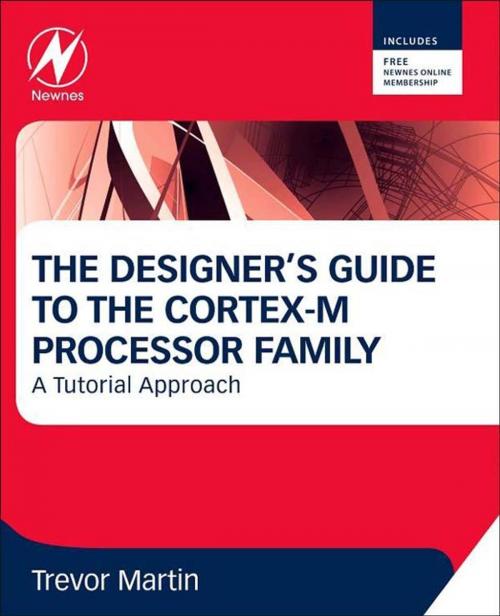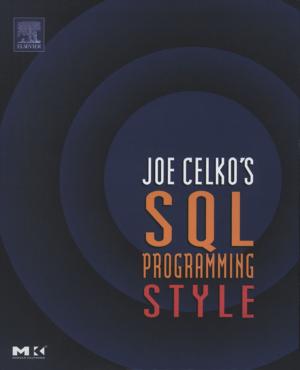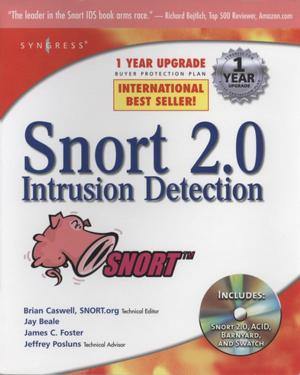The Designer's Guide to the Cortex-M Processor Family
A Tutorial Approach
Nonfiction, Science & Nature, Technology, Electronics, Microelectronics, Industrial Design| Author: | Trevor Martin | ISBN: | 9780080982991 |
| Publisher: | Elsevier Science | Publication: | March 13, 2013 |
| Imprint: | Newnes | Language: | English |
| Author: | Trevor Martin |
| ISBN: | 9780080982991 |
| Publisher: | Elsevier Science |
| Publication: | March 13, 2013 |
| Imprint: | Newnes |
| Language: | English |
The Designer’s Guide to the Cortex-M Family is a tutorial-based book giving the key concepts required to develop programs in C with a Cortex M- based processor. The book begins with an overview of the Cortex- M family, giving architectural descriptions supported with practical examples, enabling the engineer to easily develop basic C programs to run on the Cortex- M0/M0+/M3 and M4. It then examines the more advanced features of the Cortex architecture such as memory protection, operating modes and dual stack operation. Once a firm grounding in the Cortex M processor has been established the book introduces the use of a small footprint RTOS and the CMSIS DSP library.
With this book you will learn:
-
The key differences between the Cortex M0/M0+/M3 and M4
-
How to write C programs to run on Cortex-M based processors
-
How to make best use of the Coresight debug system
-
How to do RTOS development
-
The Cortex-M operating modes and memory protection
-
Advanced software techniques that can be used on Cortex-M microcontrollers
-
How to optimise DSP code for the cortex M4 and how to build real time DSP systems
-
An Introduction to the Cortex microcontroller software interface standard (CMSIS), a common framework for all Cortex M- based microcontrollers
-
Coverage of the CMSIS DSP library for Cortex M3 and M4
-
An evaluation tool chain IDE and debugger which allows the accompanying example projects to be run in simulation on the PC or on low cost hardware
The Designer’s Guide to the Cortex-M Family is a tutorial-based book giving the key concepts required to develop programs in C with a Cortex M- based processor. The book begins with an overview of the Cortex- M family, giving architectural descriptions supported with practical examples, enabling the engineer to easily develop basic C programs to run on the Cortex- M0/M0+/M3 and M4. It then examines the more advanced features of the Cortex architecture such as memory protection, operating modes and dual stack operation. Once a firm grounding in the Cortex M processor has been established the book introduces the use of a small footprint RTOS and the CMSIS DSP library.
With this book you will learn:
-
The key differences between the Cortex M0/M0+/M3 and M4
-
How to write C programs to run on Cortex-M based processors
-
How to make best use of the Coresight debug system
-
How to do RTOS development
-
The Cortex-M operating modes and memory protection
-
Advanced software techniques that can be used on Cortex-M microcontrollers
-
How to optimise DSP code for the cortex M4 and how to build real time DSP systems
-
An Introduction to the Cortex microcontroller software interface standard (CMSIS), a common framework for all Cortex M- based microcontrollers
-
Coverage of the CMSIS DSP library for Cortex M3 and M4
-
An evaluation tool chain IDE and debugger which allows the accompanying example projects to be run in simulation on the PC or on low cost hardware















